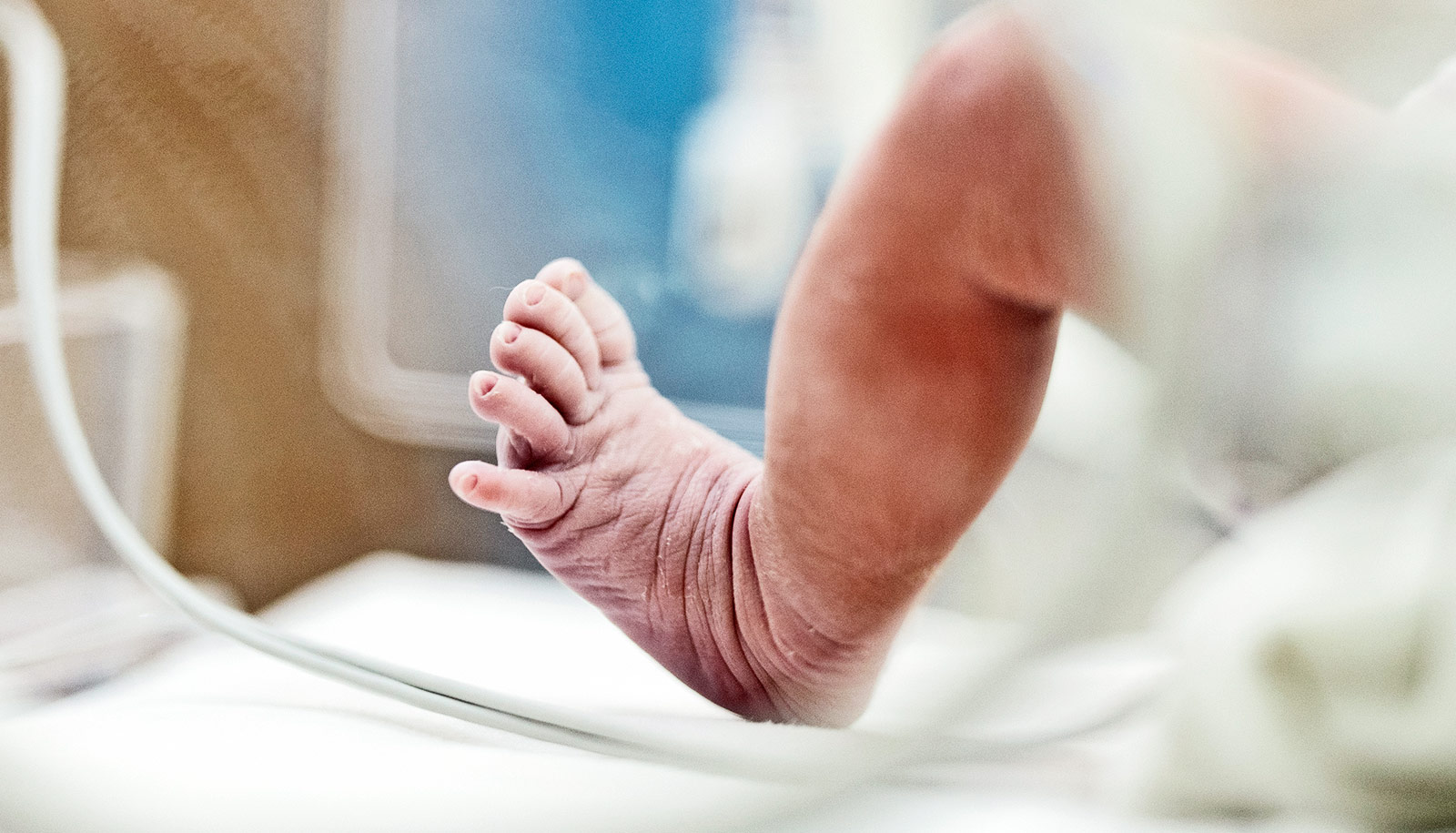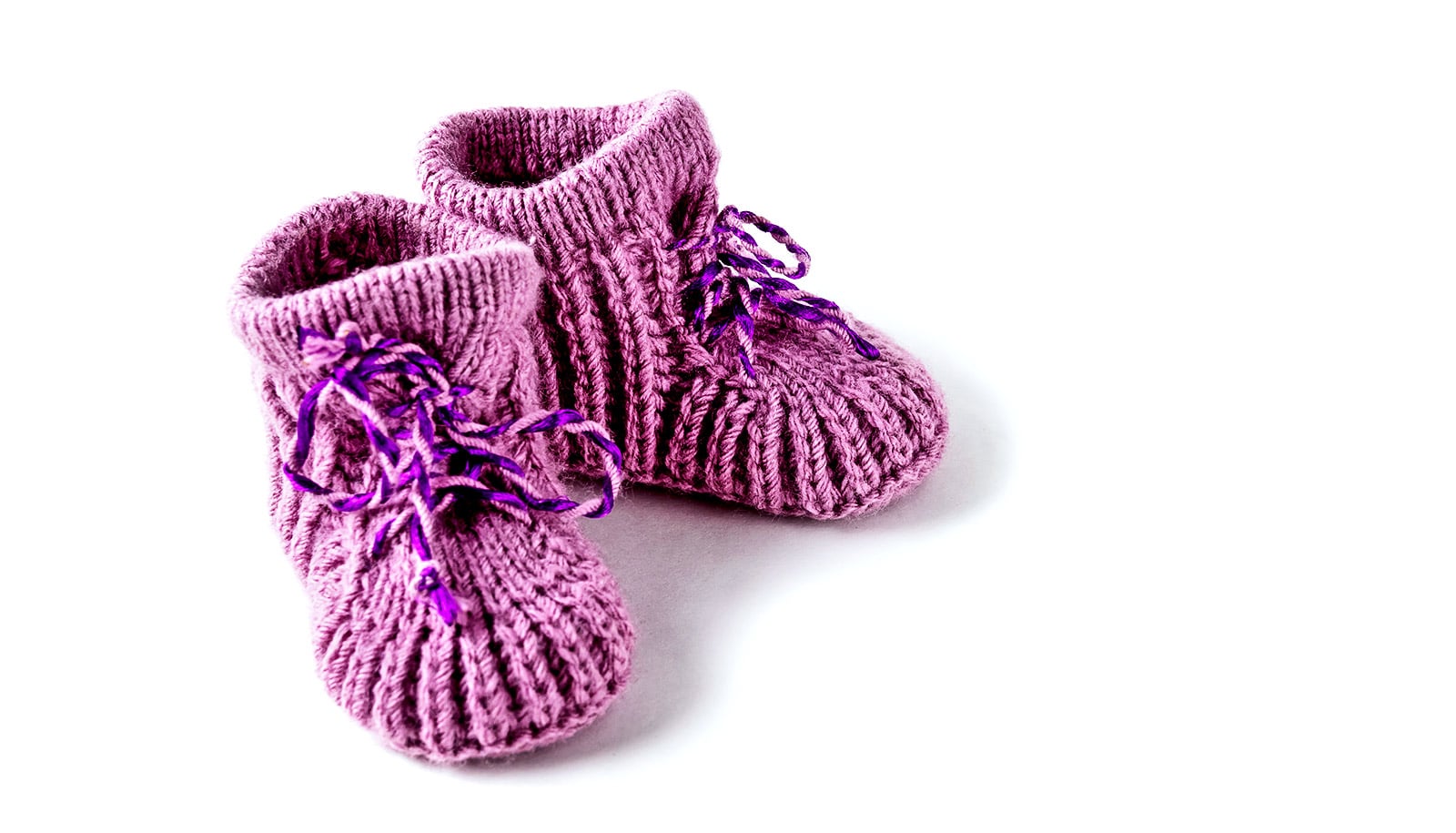Giving antiretroviral therapy to babies with HIV within the first days of life, rather than within weeks or months, can safely suppress amounts of HIV in the blood to undetectable levels.
HIV (human immunodeficiency virus) attacks the immune system. There is no cure for the disease caused by HIV, however, ART can help control the virus and prevent it from progressing to AIDS, the most severe and potentially lethal stage of HIV infection.
A pregnant person with HIV who is not receiving ART has a 15% to 45% chance of transmitting HIV during pregnancy, childbirth, or breastfeeding, according to the World Health Organization. This chance decreases to less than 1% if women with HIV receive ART. About 1.5 million children around the world have HIV.
In 2013, Deborah Persaud, a professor of pediatrics at the Johns Hopkins University School of Medicine, was part of a research team studying the child known as the Mississippi baby case, which was believed to be the first documented case of HIV remission in a child born with the virus. The baby, given ART within 30 hours of birth, remained free of active HIV for 27 months after stopping ART.
Persaud says standard treatment of babies with HIV typically starts at age 2 to 3 months, often due to delays in test results—particularly outside of the US, in countries where the burden of HIV is highest and ART drugs are less available. ART side effects have been a concern and include anemia, nausea, vomiting, and diarrhea.
With the new study, published in the journal The Lancet HIV, Persaud and the clinical trials team have been seeking to replicate the case of the Mississippi baby by starting infants on what they call “very early treatment,” defined as in the first 48 hours after birth, which they believe halted the formation of hard-to-treat viral reservoirs—cells that carry genetic material of latent viruses and are unreachable for antiviral drugs, typically allowing HIV to survive in the body for life.
“We sought proof of the concept that if you can safely treat babies with a three-drug regimen within 48 hours of life, you can limit the buildup of these reservoirs and get them to very low levels that may lead to ART-free remission, where the virus doesn’t come back quickly if the ART is stopped,” Persaud says.
The team enrolled 54 newborns into two groups at 30 sites in 11 countries, mostly in sub-Saharan Africa but also in Brazil, Thailand, the US, and other countries, from January 2015 to December 2017.
One group of 34 infants (23 females and 11 males, whose mothers had HIV and were not on ART during pregnancy) were started on a three-drug oral ART regimen of azidothymidine (AZT) or abacavir, lamivudine (3TC), and nevirapine within two days of life. All of the drugs had previously been shown to help prevent HIV transfer to newborns.
In the second group of 20 infants (10 females and 10 males, whose mothers had HIV and were on ART during pregnancy) were started on the same three-drug regimen, but with a lower dose of nevirapine shortly after birth. They then were switched to the same study regimen as the first group by 10 days of age, once enrolled in the study.
A fourth medicine, lopinavir-ritonavir, was also added to the regimen for all babies who were HIV positive after being about 14 days old, an age considered safe for use of the medicine based on previous research. Both groups were on ART through the infants’ first two years of life during this phase of the study.
“Overall, these four drugs are not the most potent ART regimen, but they were the only drugs approved for the prevention of HIV in newborns at the time of the study,” Persaud says.
The researchers estimated that infants had a 33% chance (group 1) or 57% chance (group 2) of reaching and maintaining undetectable plasma levels of HIV in the blood beyond age 2 years.
At the end of the study period through age 2, among the participants who remained with virologic suppression, 83% in group 1 and 100% in group 2 tested negative for HIV antibodies, and 64% in group 1 and 71% in group 2 had no detectable HIV DNA. Among the 54 infants who received very early ART, 19% met all of the study’s criteria for becoming eligible to stop treatment in later phases of the ongoing trial.
“If you treat at 2 to 3 months of age, when most children start a regimen, very, very, very few kids would actually get to this undetectable stage by 2 years of age,” Persaud says. “It would actually take them until 5 years of age and older to get to a low HIV DNA level, and it’s never to this undetectable level.”
The researchers say a majority of participants in both groups could not be followed to the end of the study period, mostly because their virus was not suppressed to undetectable levels, likely due to lack of daily adherence to the therapy.
For infants to be considered as trial participants, researchers were able to diagnose HIV in the infants within a strict timeline and monitor them at frequent intervals. The team acknowledged that these same practices can be feasible in future clinical research related to early infant diagnosis and treatment, but they remain challenging in clinical care settings because of lack of testing availability and other limitations. Therefore, the researchers say these practices should be prioritized for HIV testing programs globally.
The investigators believe their study shows that very early ART is safe and is key to suppressing HIV to undetectable levels during early childhood periods of rapid growth. Persaud says a very early treatment strategy is a first step toward getting more infants in a good place for remission so they can be kept off of anti-retroviral drugs for longer periods, and they won’t need to face the stigma still in place in many settings regarding taking HIV medicine every day.
As the trial continues, the team, Persaud says, will evaluate newer and more effective treatment regimens, and will share results of its research on ART-free remission among infants.
The National Institutes of Health, and the International Maternal Pediatric Adolescent AIDS Clinical Trials Network funded the work. No authors declared conflicts of interest under Johns Hopkins University School of Medicine policies.
Source: Johns Hopkins University

